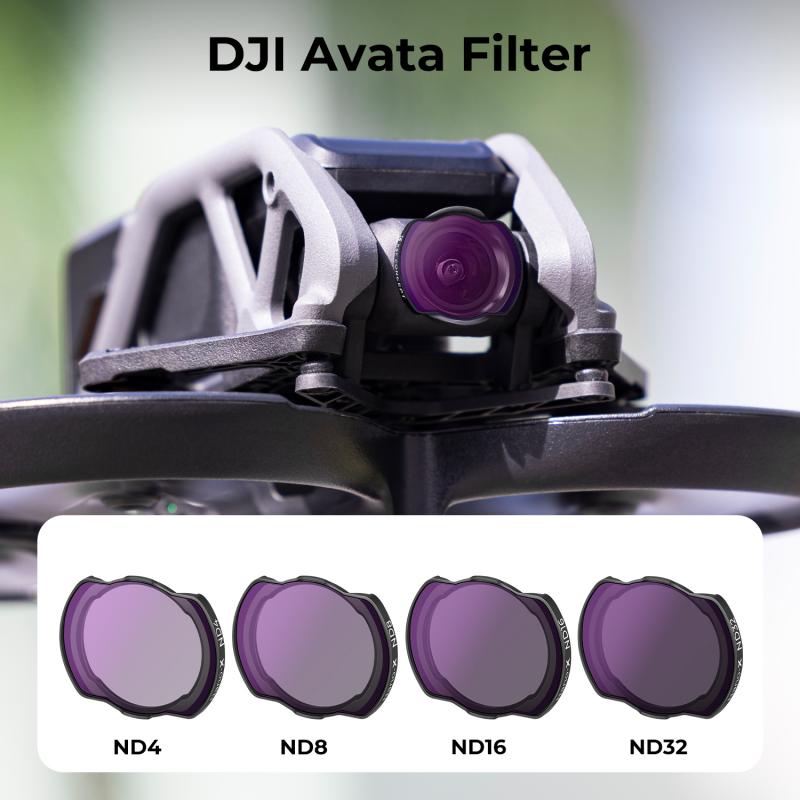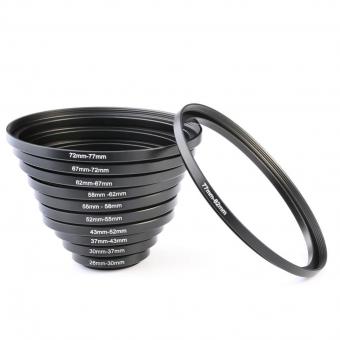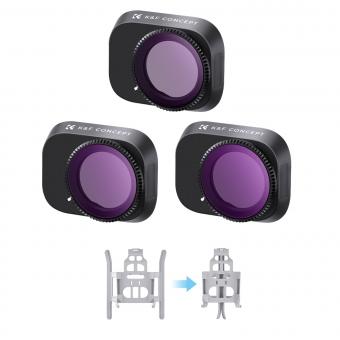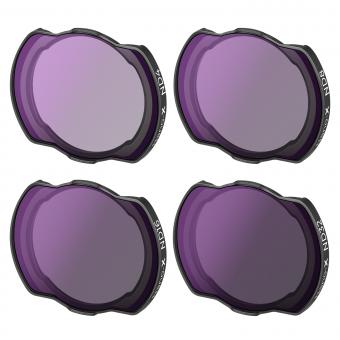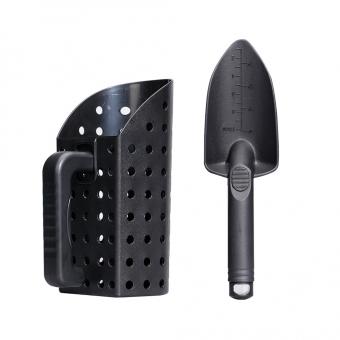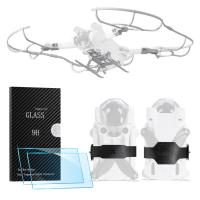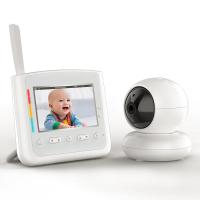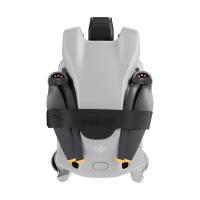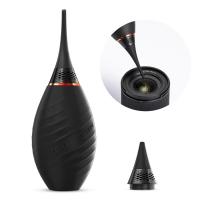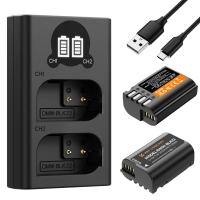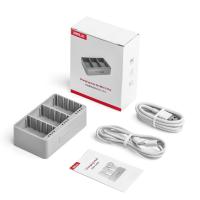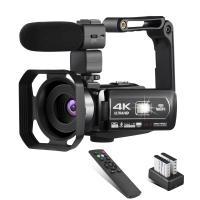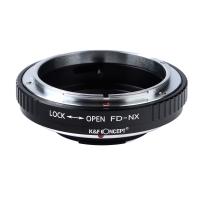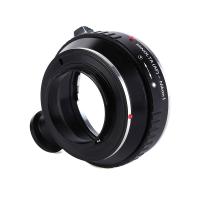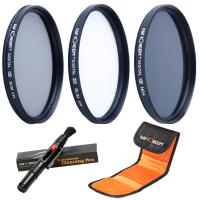How To Set Up Amscope Microscope ?
To set up an AmScope microscope, start by assembling the microscope components, including the base, arm, and stage. Attach the eyepiece and objective lenses to the microscope head. Next, connect the head to the arm and secure it in place. Place the stage on the arm and adjust its height if necessary. Install the condenser and light source beneath the stage. Connect the power cord to the microscope and plug it into a power outlet. Adjust the light intensity using the controls provided. Finally, insert a specimen onto the stage and use the focus knobs to bring the specimen into clear view.
1、 Unboxing and assembling the AmScope microscope
Unboxing and assembling the AmScope microscope is a relatively straightforward process that can be completed in a few simple steps. Here is a guide on how to set up the AmScope microscope:
1. Unboxing: Carefully remove the microscope from its packaging, ensuring that all components are present. These typically include the microscope body, eyepieces, objective lenses, stage, condenser, and power cord.
2. Assembling the Stand: Start by attaching the stand to the base of the microscope. This is usually done by aligning the holes on the stand with the corresponding screws on the base and tightening them securely.
3. Attaching the Eyepieces: Locate the eyepiece tubes on top of the microscope body. Insert the eyepieces into the tubes, making sure they are securely in place. Some models may have adjustable eyepieces for individual eye comfort.
4. Installing the Objective Lenses: The objective lenses are typically located on a rotating nosepiece beneath the eyepiece tubes. Rotate the nosepiece to align the desired objective lens with the eyepieces and gently push it into place. Ensure that it is securely locked in position.
5. Mounting the Stage: Attach the stage to the stand using the provided screws. Make sure it is level and secure.
6. Adjusting the Condenser: Locate the condenser beneath the stage. Adjust its height using the condenser adjustment knob until it is close to the stage.
7. Powering the Microscope: Connect the power cord to the microscope and plug it into a power outlet. Turn on the microscope using the power switch.
8. Focusing: Adjust the focus knobs to bring the specimen into clear view. Start with the coarse focus knob to roughly focus the image, then fine-tune using the fine focus knob.
It is important to consult the specific user manual provided by AmScope for detailed instructions tailored to your microscope model. Additionally, it is always recommended to follow proper safety precautions and handle the microscope with care to avoid any damage.
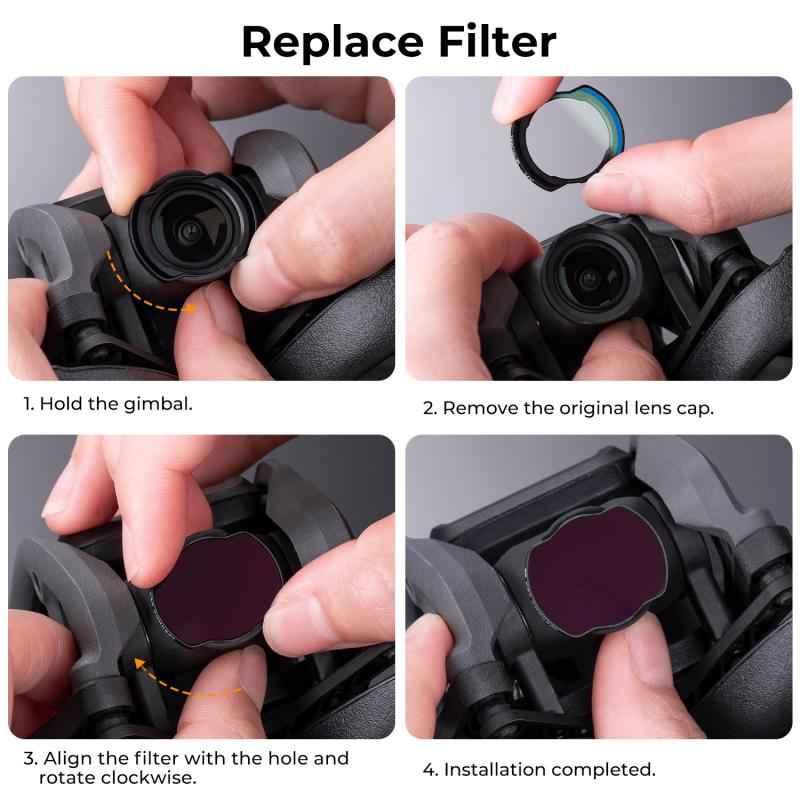
2、 Attaching and adjusting the microscope objectives
To set up an AmScope microscope, one of the key steps is attaching and adjusting the microscope objectives. The objectives are the lenses that provide different levels of magnification. Here is a step-by-step guide on how to attach and adjust the objectives:
1. Start by locating the nosepiece, which is the rotating part of the microscope that holds the objectives. It is usually located below the eyepiece.
2. Carefully select the objective lens you want to use. AmScope microscopes typically come with multiple objectives, each labeled with a specific magnification power (e.g., 4x, 10x, 40x, etc.).
3. Align the objective lens with the opening on the nosepiece and gently screw it in place. Make sure it is securely attached but avoid overtightening.
4. Once the objective lens is attached, rotate the nosepiece to position the desired objective lens in front of the specimen. The objective lenses are usually color-coded for easy identification.
5. To adjust the focus, use the coarse and fine focus knobs located on either side of the microscope. The coarse focus knob is used for initial focusing, while the fine focus knob allows for precise adjustments.
6. Start with the lowest magnification objective (e.g., 4x) and adjust the focus until the specimen comes into view. Then, gradually increase the magnification by rotating the nosepiece to the next objective lens and refocus as needed.
7. It is important to handle the objectives with care to avoid damaging the lenses. Avoid touching the lenses directly and use lens paper or a soft brush to clean them if necessary.
Remember to consult the user manual specific to your AmScope microscope model for any additional instructions or recommendations.

3、 Installing and aligning the eyepieces and the eyepiece tube
To set up an AmScope microscope, the first step is to install and align the eyepieces and the eyepiece tube. This is a crucial step as it ensures proper viewing and accurate magnification. Here is a step-by-step guide on how to do it:
1. Start by locating the eyepiece tube, which is the part of the microscope that holds the eyepieces. It is usually located at the top of the microscope body.
2. Take the eyepieces and gently insert them into the eyepiece tube. Make sure they are securely in place but avoid using excessive force.
3. Once the eyepieces are inserted, adjust them to your desired interpupillary distance. This is the distance between your eyes, and it can be adjusted by moving the eyepieces closer or further apart.
4. Next, look through the eyepieces and check if the view is clear and focused. If not, adjust the focus by rotating the eyepiece tube until the image becomes sharp.
5. To align the eyepieces, look through one eyepiece at a time and adjust the diopter ring located on each eyepiece. This will compensate for any differences in vision between your eyes, ensuring a clear and balanced view.
6. Finally, check that both eyepieces are aligned by looking through both simultaneously. The image should appear as a single, unified view.
It is important to consult the user manual specific to your AmScope microscope model for any additional instructions or variations in the setup process.
As technology advances, AmScope continues to innovate and improve their microscope designs. Therefore, it is recommended to refer to the latest user manual or online resources for the most up-to-date instructions on setting up an AmScope microscope.
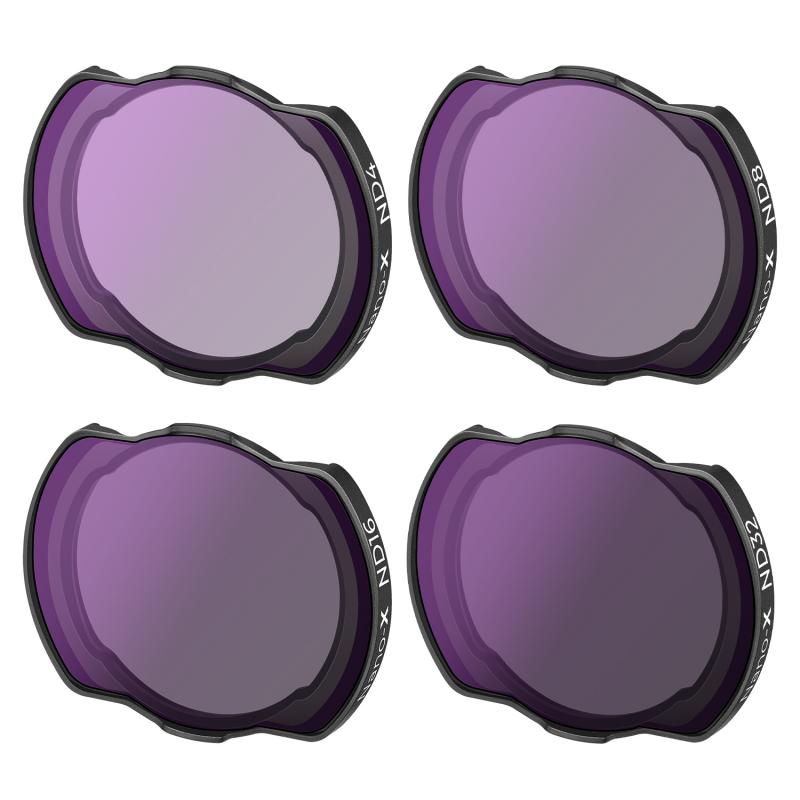
4、 Setting up the microscope's illumination system
Setting up the microscope's illumination system is an essential step in setting up an AmScope microscope. The illumination system is responsible for providing the necessary light to view the specimen clearly. Here is a step-by-step guide on how to set up the illumination system:
1. Start by locating the light source on the microscope. In most AmScope microscopes, the light source is located at the base of the microscope.
2. Ensure that the microscope is plugged into a power source. Some microscopes have a built-in power supply, while others require an external power source.
3. Turn on the light source. This can usually be done by flipping a switch or pressing a button on the microscope's base. Make sure the light is at an appropriate intensity for your needs.
4. Adjust the brightness of the light source if necessary. Some microscopes have a dimmer switch or a control knob to adjust the brightness of the light. This can help optimize the illumination for different specimens.
5. Position the condenser. The condenser is a lens system that focuses the light onto the specimen. Adjust the condenser's height and position to ensure that the light is evenly distributed and focused on the specimen.
6. Use the iris diaphragm. The iris diaphragm is a circular disc with adjustable openings that control the amount of light passing through the condenser. Adjust the diaphragm to achieve the desired level of illumination and contrast.
7. Finally, check the alignment of the light source. Ensure that the light is centered and aligned with the optical path of the microscope. This will help prevent any shadows or uneven illumination.
It is important to note that the specific steps for setting up the illumination system may vary depending on the model and type of AmScope microscope. Therefore, it is always recommended to refer to the manufacturer's instructions for your specific microscope model.
In recent years, there have been advancements in microscope illumination technology. LED light sources have become increasingly popular due to their energy efficiency, long lifespan, and adjustable brightness. Some AmScope microscopes now come equipped with LED illumination systems, providing a more stable and consistent light source for microscopy. These LED systems often offer adjustable color temperature and intensity, allowing users to customize the lighting conditions for different specimens and imaging techniques.
In conclusion, setting up the microscope's illumination system is a crucial step in preparing an AmScope microscope for use. By following the steps outlined above and considering the latest advancements in illumination technology, users can ensure optimal lighting conditions for their microscopy needs.
